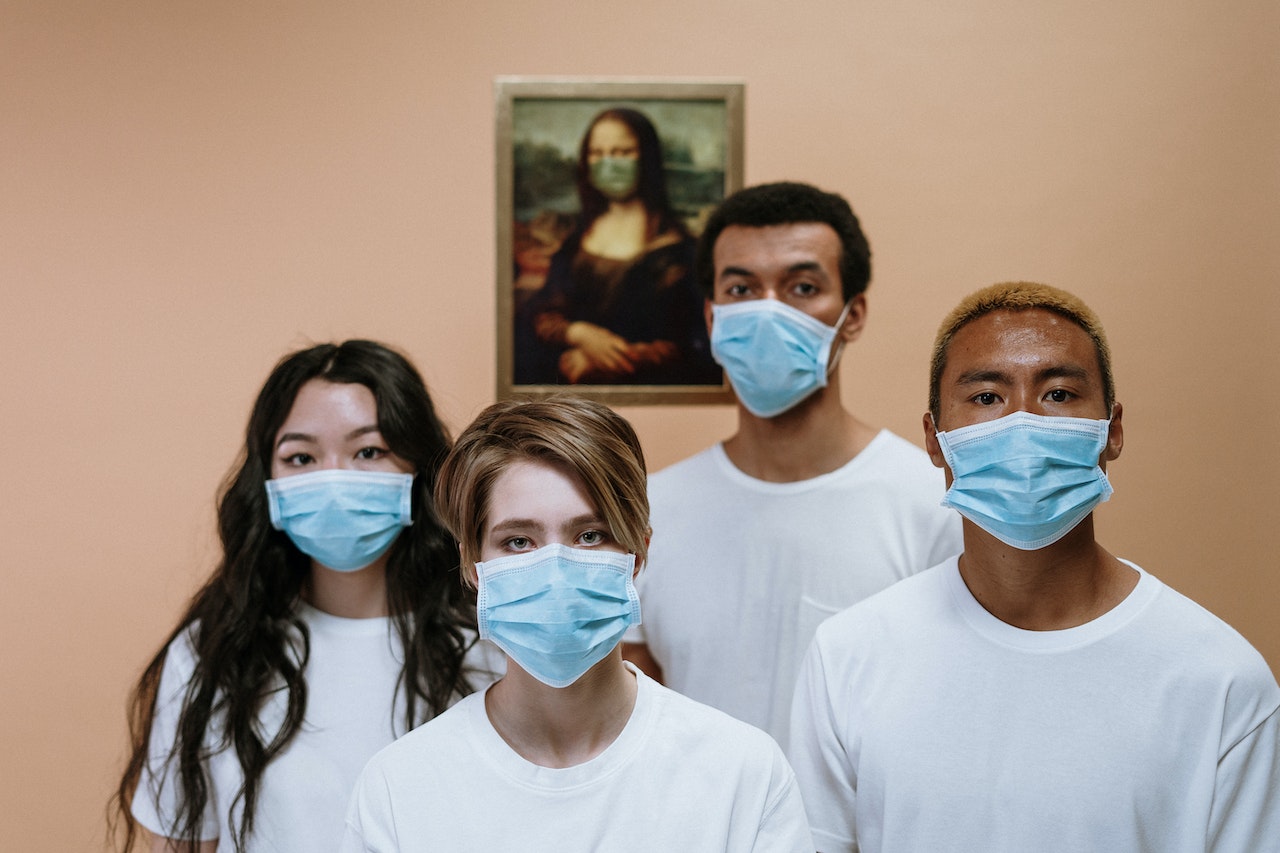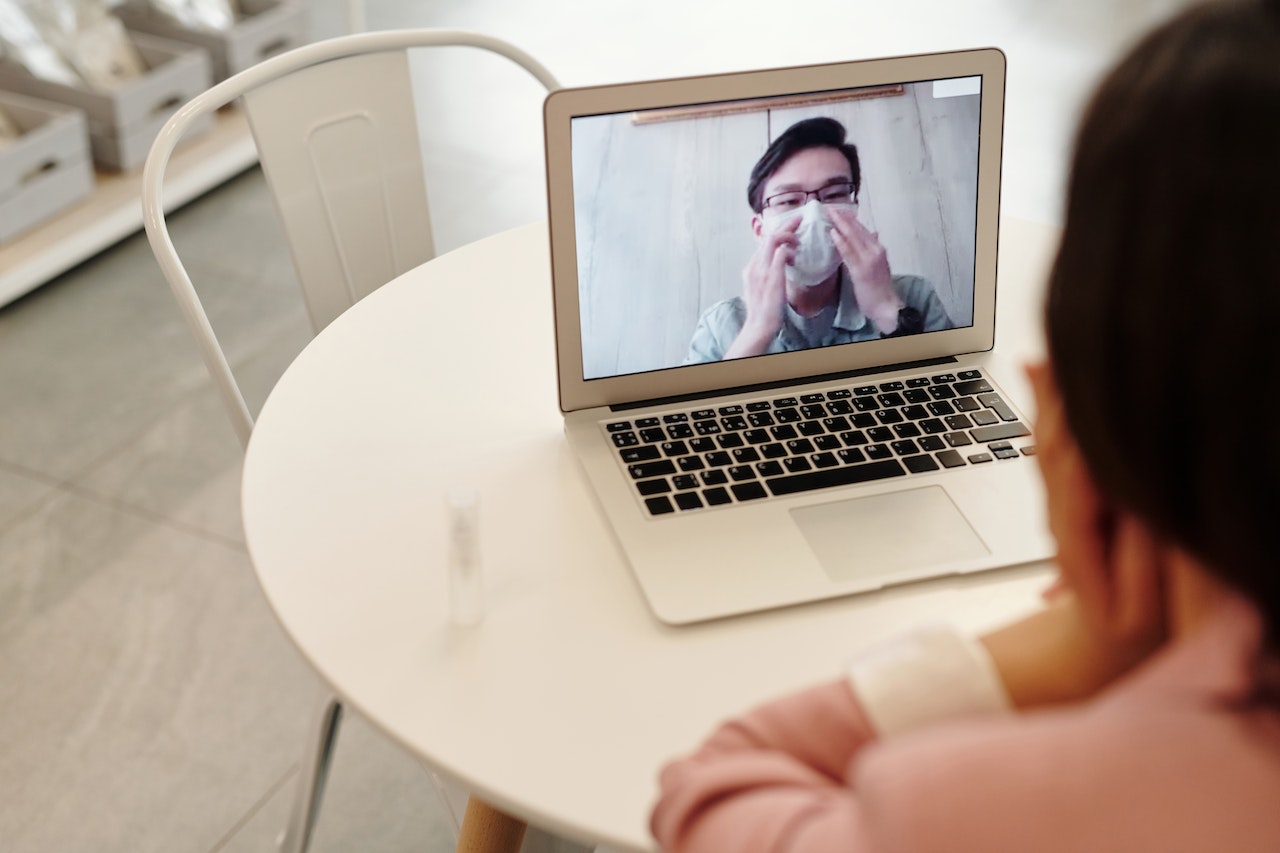Vaccines, RSV, COVID and their impact on communities in the US
Cultural nuances, historical experiences, and socioeconomic factors influence how different communities perceive and engage with vaccines and disease, as well as the recent COVID-19 pandemic.
Assumptions about these communities can lead to missed opportunities for effective healthcare strategies, understanding the diverse perspectives and experiences of communities is paramount to uncovering the complex realities that influence healthcare decisions within these diverse groups.
1. Vaccines: cultural disparities
Vaccines are a powerful tool to prevent infectious diseases. However, access issues and doubts have disproportionately affected minority communities.
Latinos: Latinos have been hit hard by COVID-19, with higher rates of infection and mortality. Language barriers, fears about immigration status, and lack of access to medical care made it difficult to access the vaccine, despite efforts to provide information in Spanish and ensure access regardless of immigration status.
Arabs: Due to their diverse origins and attitudes towards health care can vary, finding that some prioritize preventative care, including immunizations, while others have cultural beliefs or practices that influence their health care decisions.
AFAM: African Americans have faced a historical distrust of the medical system, rooted in past unethical practices, such as the Tuskegee Syphilis Study. This story can generate doubts about vaccines in this community.

Photo by cottonbro studio: https://www.pexels.com/photo/health-workers-wearing-face-mask-3957987/
2. RSV: a hidden threat
Respiratory syncytial virus (RSV) primarily affects infants and young children, causing severe respiratory illness and is a particular concern for minority communities.
Latinos: In addition to language barriers and income level, Latinos are more prone to occupational exposures as some Latinos work in industries with higher respiratory risks, such as agriculture or construction.
Occupational exposure to dust, chemicals, and other pollutants increases the risk of respiratory diseases, including occupational lung diseases.
Arabs: In addition to the living conditions and environment of Arab Americans, including the density of housing, cultural and religious practices within the community may involve community gatherings and close social interactions, increasing the risk of respiratory virus transmission.
For those who work in healthcare settings or other public-facing occupations may be at increased risk of exposure, the immigration history of travelers from regions with high rates of respiratory infections is a factor in community spread. not counting the susceptibility and acceptance of vaccines.
AFAM: African Americans experience higher rates of certain underlying health conditions, such as obesity, diabetes, and hypertension, which can increase the risk of serious respiratory infections. These disparities can make people more susceptible to complications from respiratory viruses like influenza and COVID-19.
Some African Americans work in industries with a higher risk of occupational exposure, such as health care, public transportation, or essential services. This can increase the likelihood of exposure to respiratory viruses, especially during outbreaks.

Photo by Edward Jenner: https://www.pexels.com/photo/woman-in-a-video-call-with-a-covid-19-patient-4031710/
3. COVID-19: A challenge for health equity
The COVID-19 pandemic exposed the flaws in the American healthcare system, highlighting disparities in access to healthcare and vaccinations. For the African American, Arab, and Latino communities (AFAM) in the United States, it was marked by challenges that exposed the vulnerability of these groups.
The impact of social determinants of health, structural racism, misinformation, and mistrust contributed to lower acceptance of the COVID-19 vaccination.
Effective methods to overcome these barriers and others related to minority health are critical.
Accurate and specific messages delivered by trusted voices from community organizations, government health systems and organizations, and the scientific and healthcare communities are essential.
Outreach and communication should be culturally sensitive, in the community’s preferred language, flexible, and adapted to face-to-face and virtual media.
Navigating COVID-19: Vaccine Access for Black, Arab, and Latino Communities in the US
Among the challenges and successes, they faced and continue to experience, the following stand out:
The Latino community:
Challenges:
- Language Barriers: Many Latinos faced difficulties accessing vital information due to language barriers. The availability of information in Spanish and other languages was crucial to address this challenge.
- Immigration Status Concerns: Fear of immigration-related consequences deterred some undocumented Latinos from seeking tests and vaccinations. It was vital to guarantee access to health care without immigration consequences.
- Workforce Disparities: Latinos often work in essential industries, increasing their risk of exposure. Access to tests and vaccines was crucial for essential workers.
Hits:
Community Engagement: Latino community organizations played a vital role in disseminating information, providing resources, and offering support to community members during the pandemic.
Vaccination Campaigns: Vaccination campaigns targeting Latino neighborhoods and communities helped improve vaccine acceptance.
The Arab Community:
Challenges:
- Diverse Backgrounds: The Arab American community is made up of people from diverse cultural, religious, and linguistic backgrounds. It was essential to tailor health information to these various groups.
- Cultural sensitivity: Ensuring culturally sensitive healthcare was crucial to respecting religious beliefs and practices.
- Health Disparities: Arab Americans faced health disparities, including limited access to health care services and high rates of certain chronic diseases.
Hits:
- Community networks: Arab-American communities relied on tight-knit networks to disseminate information and support community members during the pandemic.
- Cultural Competence: Healthcare providers who understood cultural nuances and language differences delivered effective care.
The African American Community (AFAM):
Challenges:
- Rebuilding trust was a priority, to facilitate access to vaccines and treatments in areas where there is little access to quality health services.
- Socioeconomic Disparities: Socioeconomic disparities, including lack of insurance and limited access to health care facilities, influenced access to health care.
- Chronic Conditions: High rates of underlying health conditions within the AFAM community increased susceptibility to severe COVID-19.
Hits:
- Community and faithful leaders: played a key role in addressing questions about vaccines and promoting testing and vaccination.
- Public Health Initiatives: Public health campaigns, including mobile vaccination clinics and community testing sites, increased access to health care services.
As the pandemic unfolded, health care disparities were exposed, prompting greater efforts to address them. Outreach, collaboration with community leaders, targeted public health campaigns, and vaccination clinics in underserved areas helped improve access to vaccines and testing.
Yet the fight against disparities continues, with a renewed commitment to achieving health care equity for all communities, emphasizing the importance of culturally competent care, community engagement, and personalized health care approaches to address the unique challenges that communities face.
